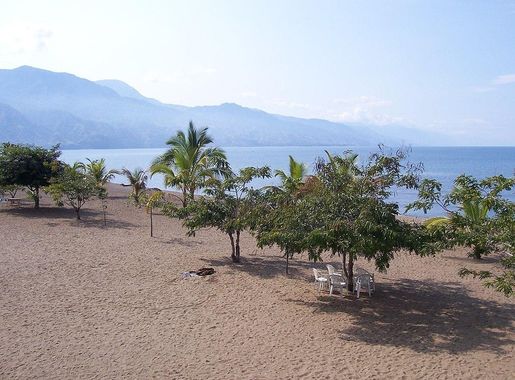
Mbeya: The Jewel of Tanzania's Southern Highlands
Discover the natural beauty and cultural richness of Mbeya, Tanzania’s gateway to the Southern Highlands, with its lush landscapes, vibrant markets, and serene climate.
Nestled in the stunning Southern Highlands of Tanzania, Mbeya is a city that promises breathtaking natural beauty and a welcoming atmosphere. Surrounded by rolling hills, lush tea plantations, and vibrant green valleys, Mbeya is a haven for nature lovers and adventure seekers alike. The city itself is a blend of traditional Tanzanian culture and modern amenities, offering a unique experience for every visitor. Mbeya is the gateway to some of Tanzania’s most spectacular sights. Just a short drive from the city, you can explore the wonders of Kitulo National Park, also known as the 'Garden of God' for its rich biodiversity and blooming wildflowers. Don't miss the opportunity to hike up to the magnificent Ngozi Crater Lake, a stunning volcanic lake that offers panoramic views and crystal-clear waters. For those interested in cultural experiences, Mbeya's bustling markets and local crafts provide a fascinating glimpse into the daily lives of its residents. The climate in Mbeya is mild and pleasant year-round, making it an ideal destination for outdoor activities. Whether you're trekking through the mountains, visiting local farms, or simply enjoying the serene landscape, Mbeya offers a refreshing escape from the hustle and bustle of more crowded tourist spots. With its friendly locals, scenic beauty, and rich cultural heritage, Mbeya is a must-visit destination for anyone traveling to Tanzania.
Local tips in Mbeya
- Visit during the dry season (June to October) for the best weather and hiking conditions.
- Bring comfortable hiking shoes for exploring the surrounding hills and national parks.
- Try local delicacies at the bustling Mbeya Market for an authentic taste of Tanzanian cuisine.
- Hire a local guide for a more in-depth understanding of the area's natural and cultural attractions.
- Pack a camera to capture the breathtaking scenery and vibrant local life.
Neighbourhoods in Mbeya
Mbeya: The Jewel of Tanzania's Southern Highlands
Nestled in the stunning Southern Highlands of Tanzania, Mbeya is a city that promises breathtaking natural beauty and a welcoming atmosphere. Surrounded by rolling hills, lush tea plantations, and vibrant green valleys, Mbeya is a haven for nature lovers and adventure seekers alike. The city itself is a blend of traditional Tanzanian culture and modern amenities, offering a unique experience for every visitor. Mbeya is the gateway to some of Tanzania’s most spectacular sights. Just a short drive from the city, you can explore the wonders of Kitulo National Park, also known as the 'Garden of God' for its rich biodiversity and blooming wildflowers. Don't miss the opportunity to hike up to the magnificent Ngozi Crater Lake, a stunning volcanic lake that offers panoramic views and crystal-clear waters. For those interested in cultural experiences, Mbeya's bustling markets and local crafts provide a fascinating glimpse into the daily lives of its residents. The climate in Mbeya is mild and pleasant year-round, making it an ideal destination for outdoor activities. Whether you're trekking through the mountains, visiting local farms, or simply enjoying the serene landscape, Mbeya offers a refreshing escape from the hustle and bustle of more crowded tourist spots. With its friendly locals, scenic beauty, and rich cultural heritage, Mbeya is a must-visit destination for anyone traveling to Tanzania.
When is the best time to go to Mbeya?
Iconic landmarks you can’t miss
Uyole Njiapanda Market
Explore Uyole Njiapanda Market, a vibrant marketplace showcasing local crafts, fresh produce, and authentic Tanzanian cuisine amidst a lively atmosphere.
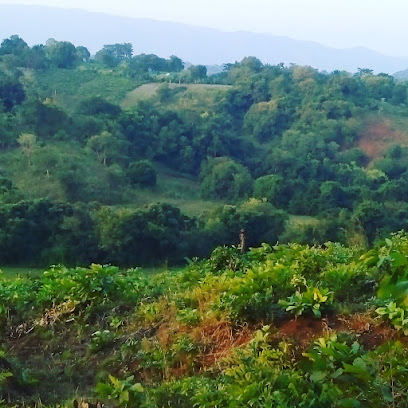
Usungilo City Hotel
Discover comfort and hospitality at Usungilo City Hotel, your perfect retreat in Mbeya, Tanzania, blending local charm with modern amenities.

Mbeya Hotel Limited
Discover the blend of comfort and local culture at Mbeya Hotel Limited, your ideal base for exploring the stunning landscapes of Tanzania.
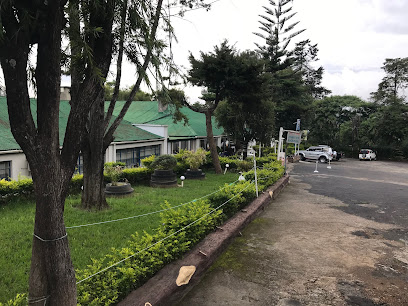
Mbeya Pazuri
Experience the vibrant nightlife at Mbeya Pazuri, a charming bar in Mbeya, Tanzania, where local culture and refreshing drinks meet.
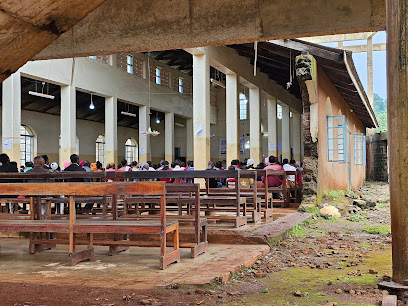
G. Town Hotel
Discover comfort and local charm at G. Town Hotel, your perfect base for exploring the stunning landscapes and vibrant culture of Mbeya, Tanzania.

Mbeya Bus Park
Experience the vibrant energy of Mbeya Bus Park, your gateway to exploring the natural beauty and culture of southern Tanzania.
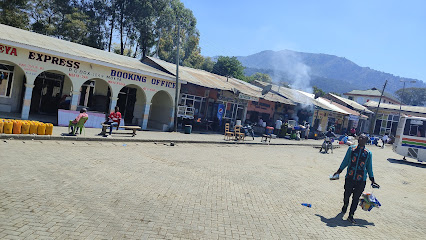
Hill View Hotel
Discover comfort and breathtaking views at Hill View Hotel in Mbeya, Tanzania, your serene retreat for exploration and relaxation.
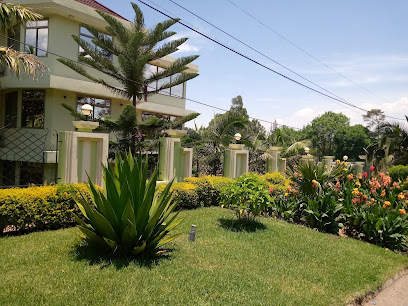
Utengule Coffee Lodge
Discover the enchanting Utengule Coffee Lodge, a serene retreat in Tanzania surrounded by lush landscapes and rich coffee culture.
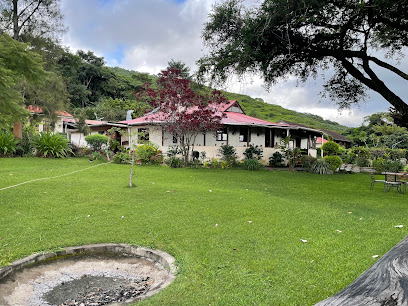
MDOPE IDDE HOTEL
Discover the essence of Tanzanian hospitality at Mdope Idde Hotel in Mbeya, your perfect retreat amidst stunning natural landscapes.
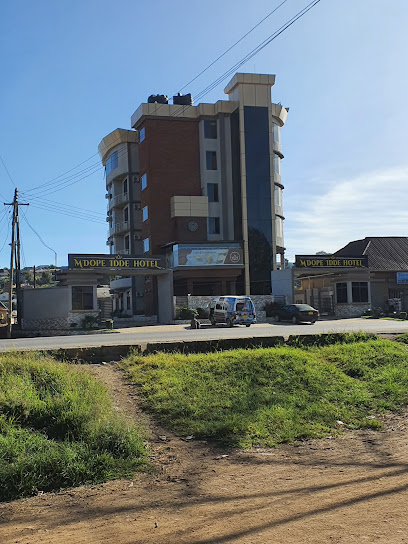
Royal Tughimbe Hall
Discover the vibrant heart of Vwawa at Royal Tughimbe Hall, where music and culture come alive in an unforgettable setting.
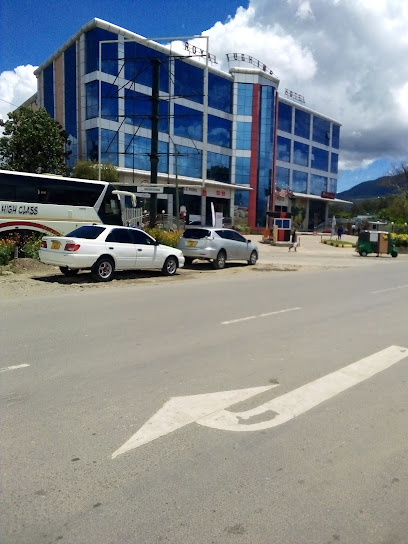
Maua Cafe and Activities
Explore Maua Cafe and Activities in Mbeya—where delicious food, scenic gardens, and exciting adventures unite for an unforgettable experience.
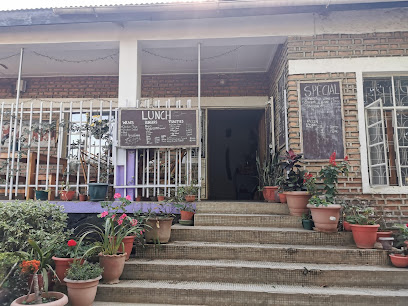
Royal Tughimbe hotel
Discover the Royal Tughimbe Hotel in Mbeya, where comfort meets Tanzanian hospitality in a picturesque setting.
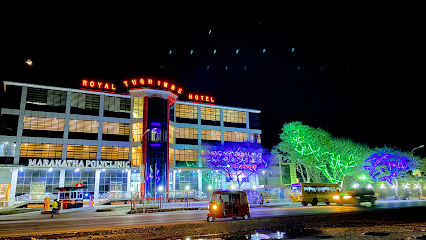
501 Soul Food
Experience authentic Tanzanian soul food at 501 Soul Food in Mbeya City, where every dish tells a story of tradition and flavor.
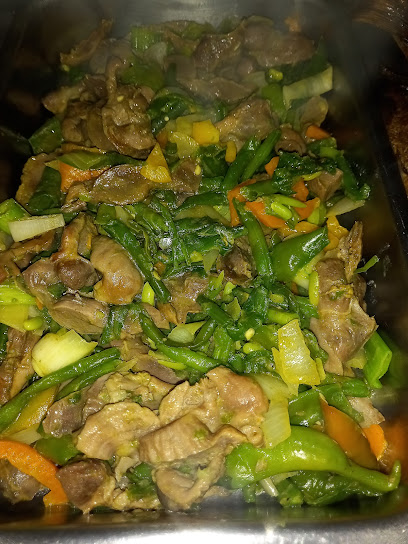
Mbeya Peak Hotel
Discover comfort and convenience at Mbeya Peak Hotel, your ideal base for exploring the scenic beauty and culture of Mbeya, Tanzania.
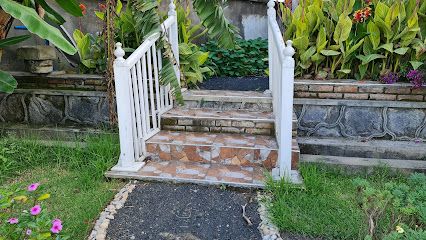
FQ Hotel Mbeya
Discover the perfect blend of comfort and local charm at FQ Hotel Mbeya, your ideal base for exploring Tanzania's scenic beauty.
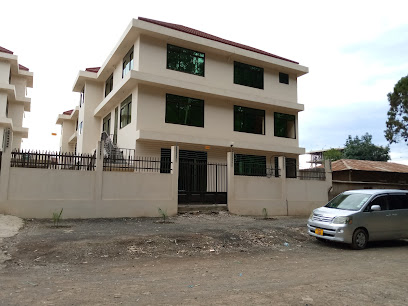
Unmissable attractions to see
Mbeya IFISI ZOO,museum and ravine
Explore the exotic wildlife and serene landscapes at Mbeya IFISI Zoo in Mbalizi, Tanzania, a perfect family-friendly destination for nature lovers.
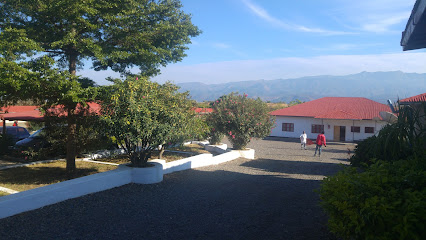
Mzumbe Garden
Discover Mzumbe Garden, a tranquil escape in Mbeya, Tanzania, filled with lush landscapes and vibrant floral displays, perfect for relaxation and exploration.
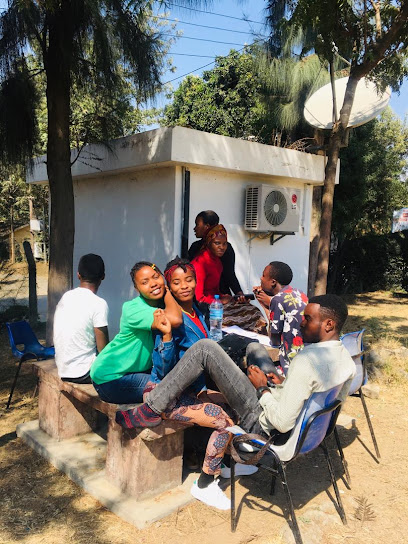
The Great Rift Valley View Point
Experience stunning vistas and the natural beauty of the Great Rift Valley at this breathtaking viewpoint in Mbeya, Tanzania.
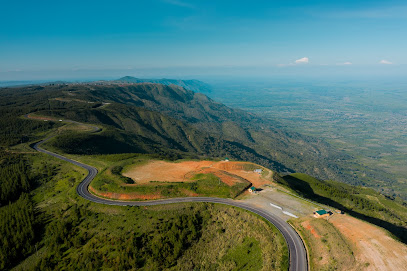
City Garden
Discover the serene beauty of City Garden in Mbeya, a lush escape for nature lovers and families seeking relaxation amidst vibrant flora.

Lake Ngosi View Point
Explore the stunning vistas of Lake Ngosi View Point in Tanzania, a perfect retreat for nature lovers and adventure seekers alike.
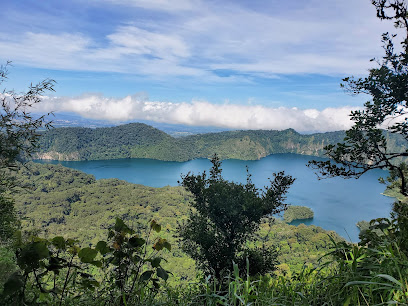
Cross Of The Summit
Discover the breathtaking trails of Cross Of The Summit in Tanzania, a hiker's dream with stunning views and diverse landscapes.
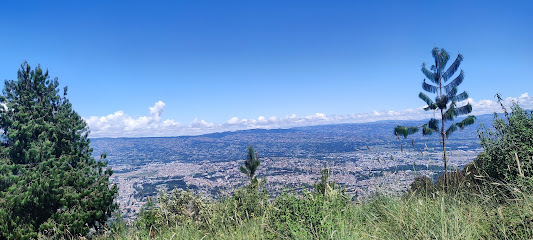
Lake Ngosi water viewing area
Experience the serene beauty of Lake Ngosi in Mbeya, Tanzania, a perfect retreat for nature lovers and adventurers seeking peace.
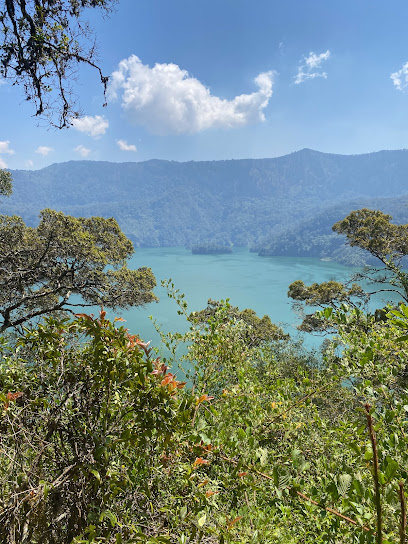
Idunda Water Reserve
Explore Idunda Water Reserve, a tranquil nature preserve in Mbeya, Tanzania, perfect for hiking, birdwatching, and experiencing natural beauty.
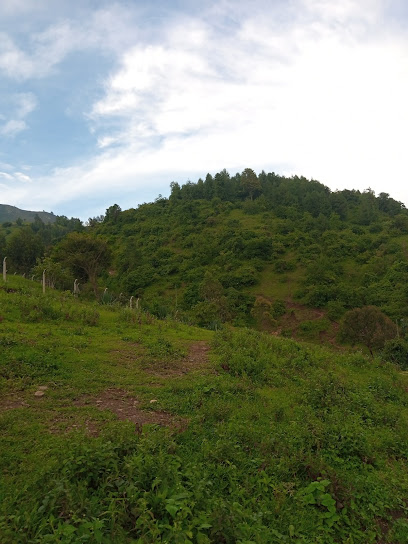
Kawetele mountain
Explore the natural beauty of Kawetele Mountain in Mbeya, Tanzania, a serene destination for hiking and breathtaking views.
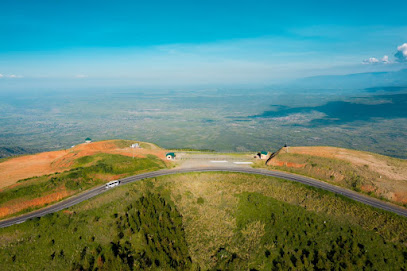
Mbeya region
Explore the breathtaking landscapes and rich culture of Mbeya Region, a hidden paradise in Tanzania perfect for nature lovers and adventurers alike.

Mbeya Range Forest Reserve
Explore the breathtaking landscapes and rich biodiversity of Mbeya Range Forest Reserve, a tranquil haven in Tanzania perfect for nature lovers and adventurers.
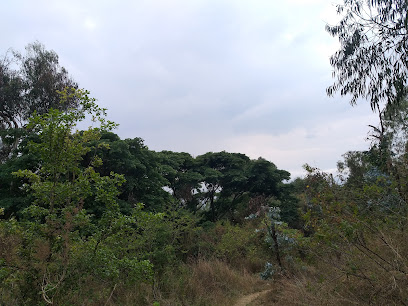
Mount Rungwe Nature Forest Reserve
Explore Mount Rungwe Nature Forest Reserve, a stunning national forest in Mbeya, Tanzania, where nature thrives and adventure awaits.
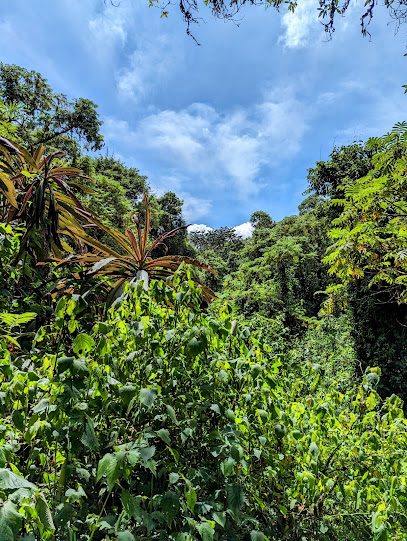
MBEYA
Explore Mbeya: A stunning Tanzanian destination with breathtaking landscapes and rich cultural experiences awaits you.

Daraja la Nzovwe
Discover the breathtaking hiking trails of Daraja la Nzovwe in Mbeya, Tanzania, where nature and tranquility meet in stunning landscapes.

Breathing View
Experience the breathtaking beauty of Breathing View in Mbeya, Tanzania—where nature and serenity unite for an unforgettable escape.
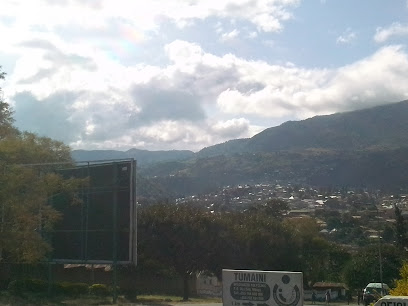
Essential places to dine
The Ridge Cafe
Experience the best of Mbeya at The Ridge Cafe - where great food meets cozy ambiance in the heart of the city.
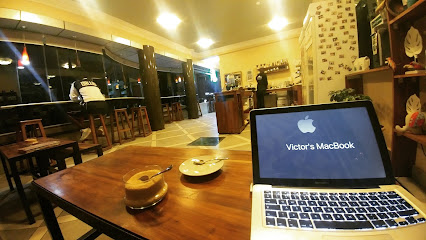
Maua Cafe and Activities
Experience delightful dining and thrilling outdoor adventures at Maua Cafe and Activities in Mbeya.
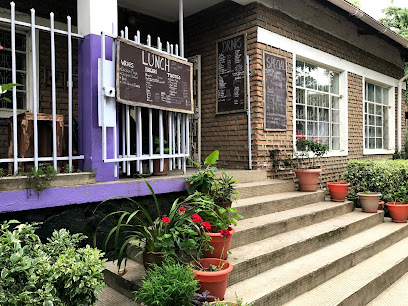
501 Soul Food
Discover authentic Tanzanian flavors at 501 Soul Food in Mbeya City - where every meal is a celebration of local culinary heritage.
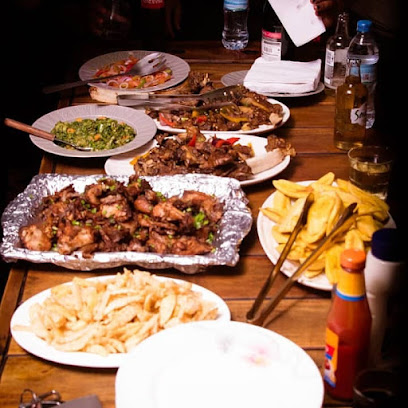
Aslam Tandoori Barbeque
Discover authentic Tanzanian flavors at Aslam Tandoori Barbeque in Mbeya - where every bite tells a story!
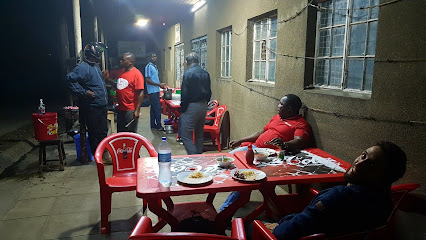
JM Hotel
Experience exquisite dining at JM Hotel in Mbeya - where local flavors meet international culinary artistry.
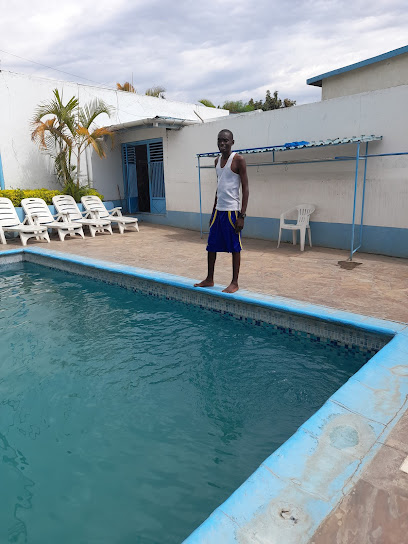
Pamusi Garden
Discover Pamusi Garden in Mbeya: A serene beer garden offering refreshing drinks amidst lush greenery perfect for relaxation and socializing.
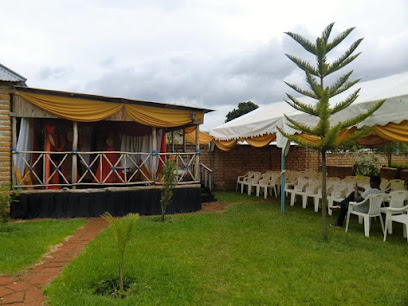
Horizon Bar
Experience the flavors of Tanzania at Horizon Bar in Mbeya - where great food meets a welcoming atmosphere.

Daluke Restaurant
Experience authentic Tanzanian cuisine at Daluke Restaurant in Mbeya - where every meal tells a story.
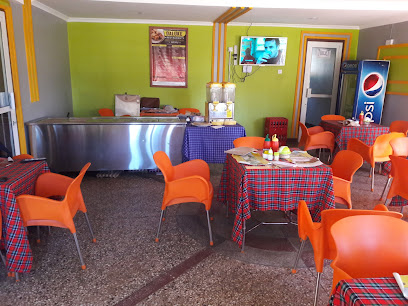
Ngonga Pub
Experience vibrant Tanzanian nightlife at Ngonga Pub in Mbeya - where delicious food meets lively entertainment.
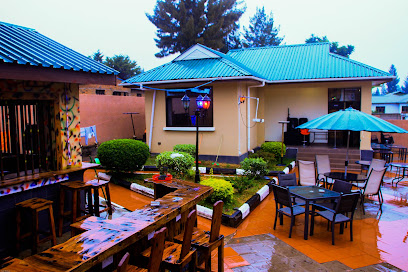
Uyole
Experience authentic Tanzanian grilling at Uyole in Mbeya - where flavor meets culture in a vibrant dining atmosphere.
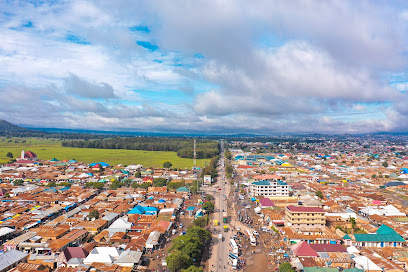
Kastela Restaurant
Discover authentic Tanzanian flavors at Kastela Restaurant in Mbeya - where local cuisine meets warm hospitality.

Boss Boss Food and More Restaurant
Experience authentic Tanzanian cuisine at Boss Boss Food and More Restaurant in Mbeya - a culinary gem offering traditional flavors.
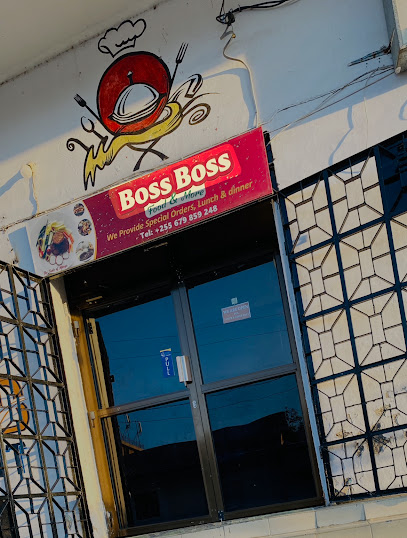
Mbeya Continental Hotel Restaurant and Bar
Discover authentic Tanzanian flavors at Mbeya Continental Hotel Restaurant and Bar in vibrant Mbeya City.
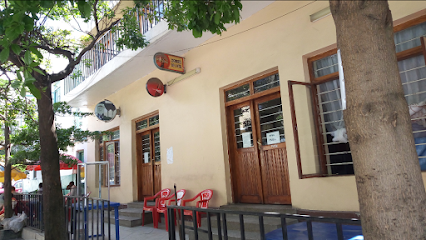
Sombrero Restaurant
Savor authentic Tanzanian cuisine at Sombrero Restaurant in Mbeya - a delightful dining experience awaits!
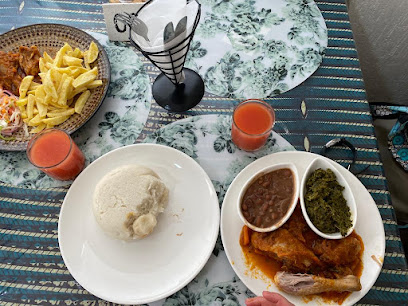
GREENVIEW
Discover the vibrant flavors of Tanzania at Greenview Restaurant in Mbeya – where every meal is a celebration of local cuisine.
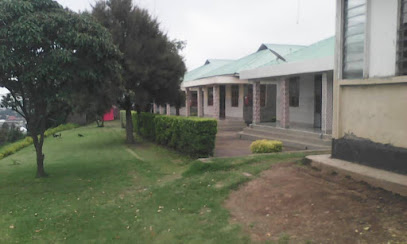
Markets, malls and hidden boutiques
Kabwe Shopping Center
Kabwe Shopping Center in Mbeya: Your ultimate shopping and dining destination for an authentic Tanzanian experience.
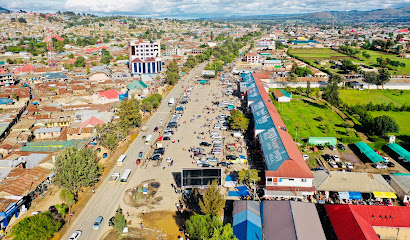
Maua Cafe and Activities
Experience the charm of Maua Cafe in Mbeya, a delightful spot for coffee, local crafts, and horseback riding amidst beautiful gardens.
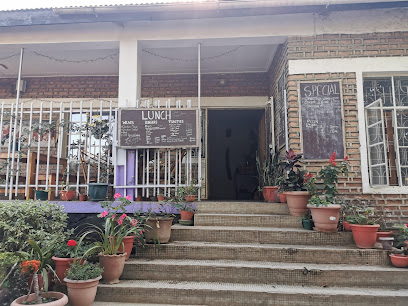
Ndiyo Mini Market
Experience the local charm of Mbeya at Ndiyo Mini Market, where fresh produce meets friendly service.
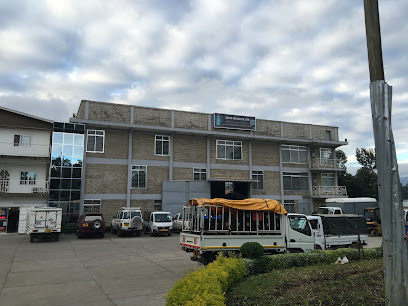
Century Plaza
Discover Century Plaza, a bustling shopping mall in Mbeya, Tanzania, blending shopping, dining, and local culture into one vibrant experience.
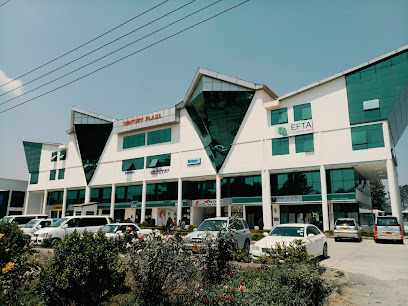
Del Cafe
Discover the charm of Del Cafe in Mbeya, Tanzania - your perfect coffee retreat with a cozy atmosphere and delectable brews.
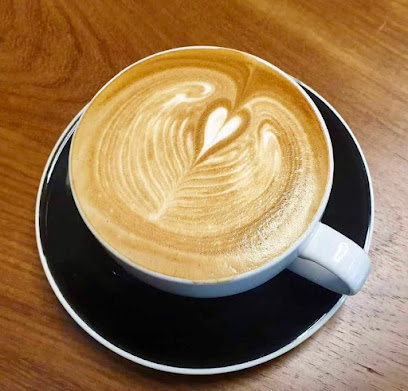
Kikuu Mbeya
Explore Kikuu Mbeya, a vibrant shopping mall in Tanzania, offering diverse shops, local cuisine, and a taste of the local culture.
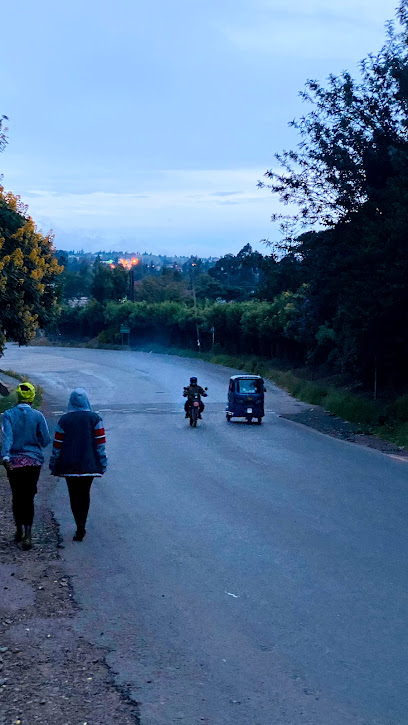
Adonai Mini Market
Explore the vibrant flavors of Tanzania at Adonai Mini Market, the ideal spot for fresh produce and local delicacies near Mbeya Airport.
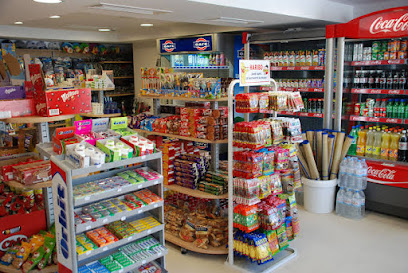
FOREST MPYA
Explore Forest Mpya, a charming home goods store in Mbeya, Tanzania, offering unique crafts and local artistry for the discerning traveler.

Little more mbeya
Experience the local flavors and vibrant atmosphere at Little More Mbeya, the premier supermarket in Tanzania's scenic Mbeya region.
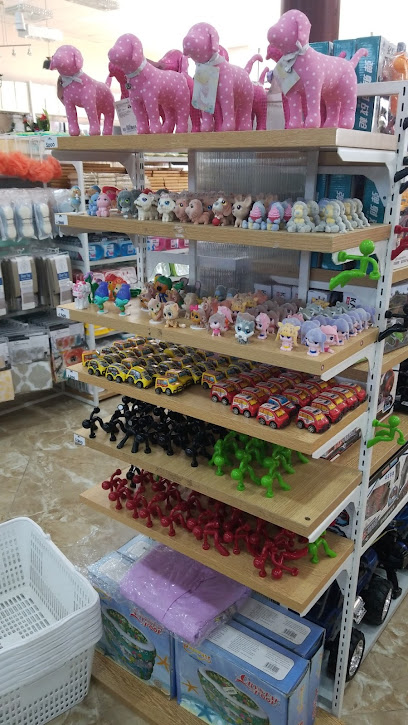
MiAfrika Fashion Designers
Immerse yourself in the vibrant world of African fashion at MiAfrika Fashion Designers in Mbeya, where creativity and quality meet.

prince makoba mbeya,Tanzania
Explore the unique styles and vibrant culture at Prince Makoba Bag Shop in Mbeya, Tanzania, a must-visit for fashion lovers and cultural enthusiasts.
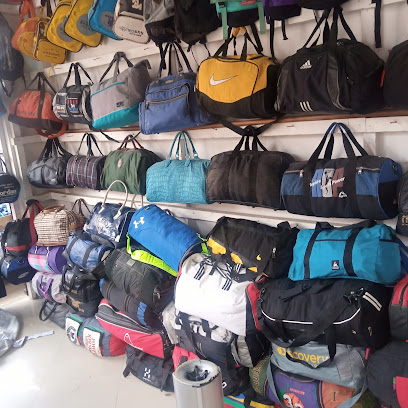
Vunjabei Mbeya
Explore Vunjabei Mbeya for unique clothing and accessories that embody the vibrant culture of Tanzania, perfect for every fashion enthusiast.

Mbeya Boy Brands
Discover an exciting shopping experience at Mbeya Boy Brands, where local flavors meet international brands in the heart of Mbeya, Tanzania.

City Gamers Gaming Center
Discover the ultimate gaming experience at City Gamers Gaming Center in Kabwe, Mbeya, where gaming passion comes alive.
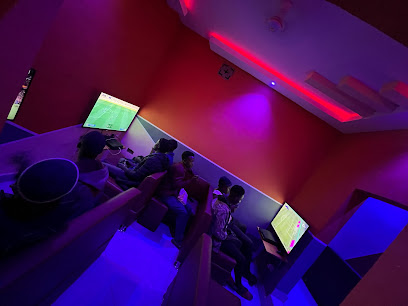
Mfikemo Clothing Stores
Experience the vibrant culture of Mbeya through unique second-hand fashion at Mfikemo Clothing Stores, a must-visit for sustainable shopping enthusiasts.

Essential bars & hidden hideouts
Mbeya City Pub
Experience the lively ambiance and local flavors at Mbeya City Pub, the perfect spot to unwind and socialize in Mbeya.
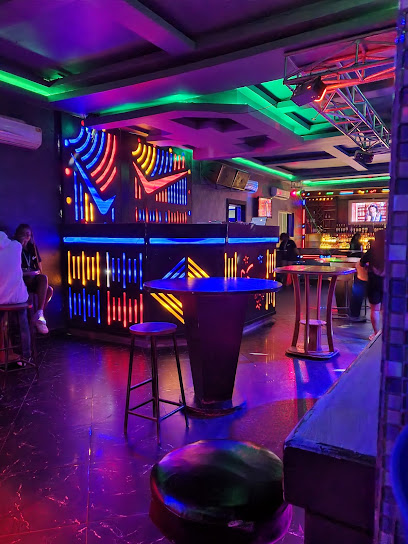
Mbeya Pazuri
Experience the lively ambiance and diverse drink selection at Mbeya Pazuri, the heart of nightlife in Mbeya, Tanzania.
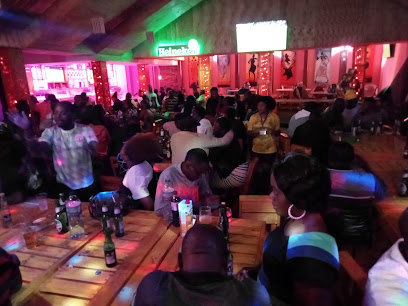
Mbeya Carnival Bar
Discover the lively Mbeya Carnival Bar, where vibrant drinks and live entertainment create an unforgettable experience in the heart of Tanzania.
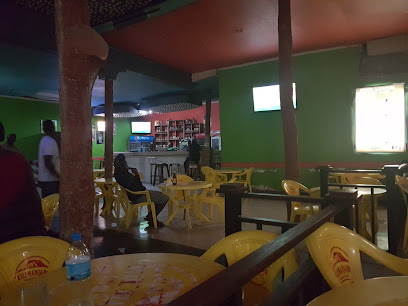
Polos Cocktail Bar (Mbeya)
Discover the vibrant Polos Cocktail Bar in Mbeya, where delicious cocktails and stunning rooftop views create the perfect evening escape.
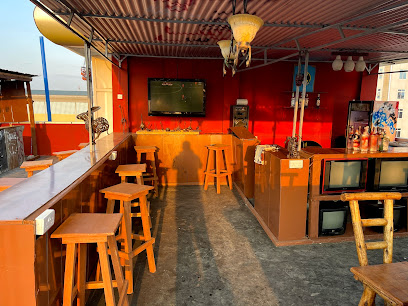
Vamponji Bar & Lodge
Discover the perfect blend of relaxation and local culture at Vamponji Bar & Lodge in Mbeya, Tanzania.
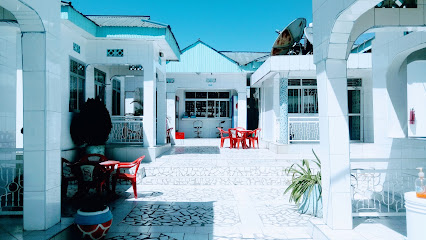
Francisco Bar And Logde
Experience the vibrant nightlife and local flavors at Francisco Bar and Lodge in Mbeya, Tanzania - the perfect retreat for travelers.
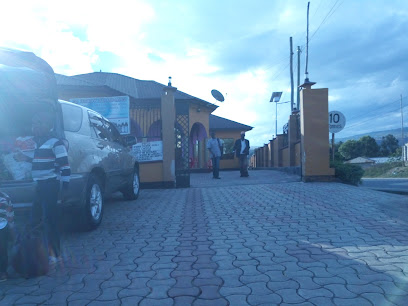
MEETING PLACE
Experience vibrant nightlife and local culture at the Meeting Place, Mbeya's favorite bar for tourists and locals alike.
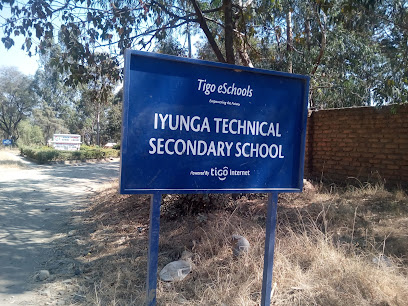
The Joint PUB
Discover the vibrant nightlife at The Joint PUB in Mbeya, a perfect spot for drinks, socializing, and enjoying local culture.
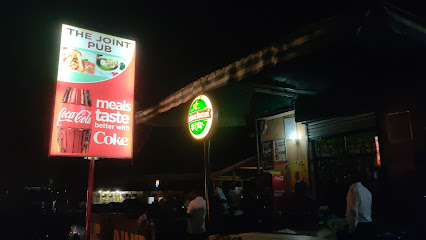
Mbeya vibe
Explore the lively ambiance and local flavors at Mbeya Vibe, the perfect pub for tourists in Mbeya.
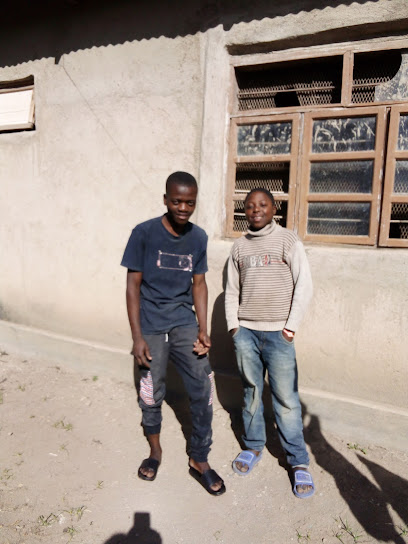
Kapolesya Pub
Discover the lively Kapolesya Pub in Mbeya, where local culture meets vibrant nightlife and welcoming hospitality.
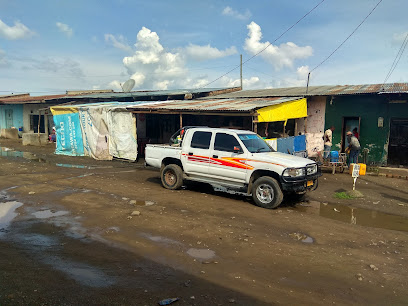
Iwawa Bar
Experience the vibrant nightlife at Iwawa Bar in Mbeya, Tanzania, where local drinks and lively music create an unforgettable atmosphere.

MUST pub
Discover the lively atmosphere at MUST Pub in Mbeya, where local drinks and friendly vibes await in the heart of Tanzania.
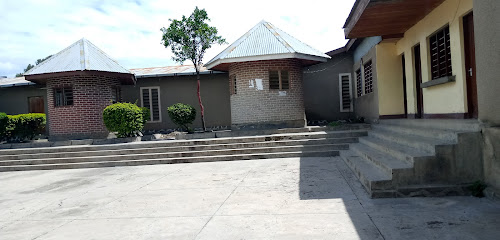
Hook Up Pub And Kitchen
Experience the lively atmosphere of Hook Up Pub And Kitchen, a vibrant bar in Mbeya where local culture and fun converge.
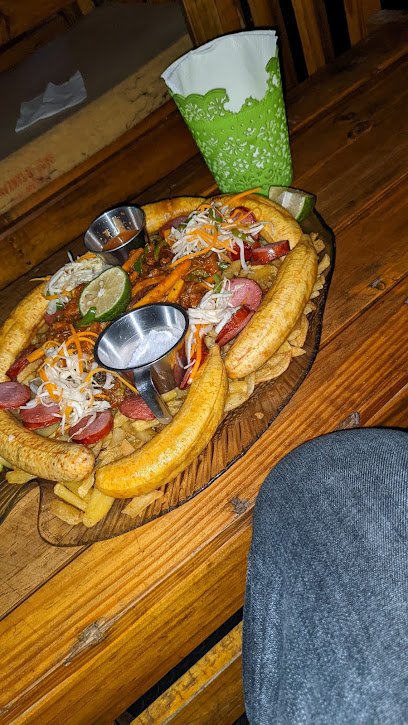
JOE PUB
Discover the lively spirit of Tanzania at Joe Pub, a must-visit bar in Mbeya for a taste of local culture and vibrant nightlife.
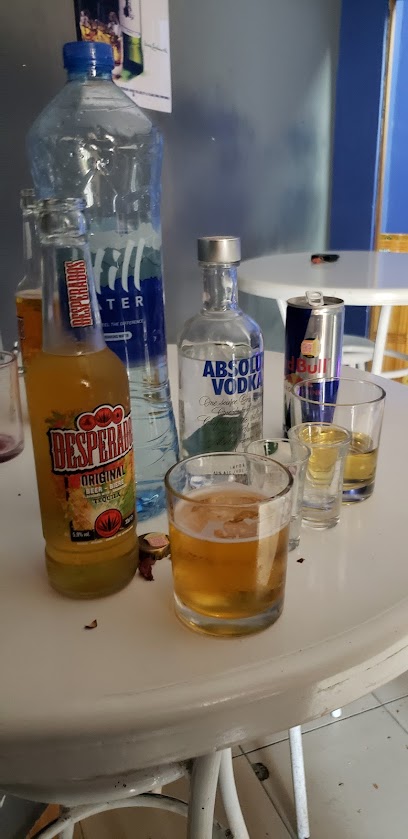
LILIAN BAR
Experience the lively spirit of Mbeya at Lilian Bar, where local culture meets a vibrant nightlife atmosphere with diverse drink options.
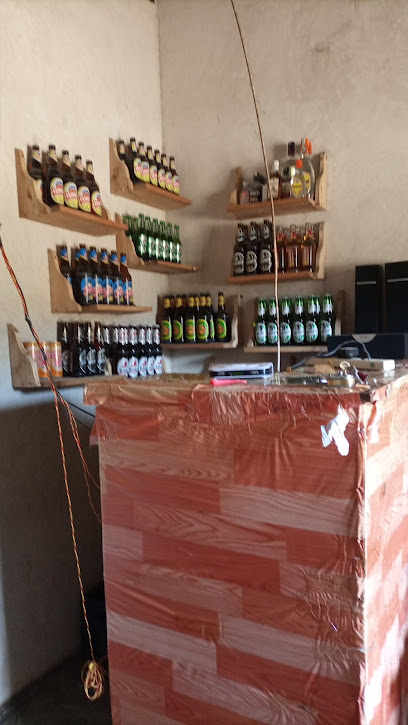
Local Phrases
-
- HelloShikamoo
[shee-kah-moh] - GoodbyeKwaheri
[kwa-heh-ree] - YesNdio
[nn-dee-oh] - NoHapana
[hah-pah-nah] - Please/You're welcomeTafadhali
[ta-fah-dha-lee] - Thank youAsante
[ah-sahn-teh] - Excuse me/SorrySamahani
[sah-mah-hah-nee] - How are you?Unajisikiaje?
[oo-nah-jee-see-kee-ah-jeh] - Fine. And you?Safi. Na wewe?
[sah-fee. nah-weh-weh] - Do you speak English?Unazungumza Kiingereza?
[oo-nah-zoo-ngoom-zah kee-in-geh-reh-zah] - I don't understandSielewi
[see-eh-leh-wee]
- HelloShikamoo
-
- I'd like to see the menu, pleaseNingependa kuona menyu, tafadhali
[nee-ngeh-pehn-dah koo-oh-nah meh-nyoo, tah-fah-dha-lee] - I don't eat meatSili nyama
[see-lee nyah-mah] - Cheers!Mambo!
[mahm-boh] - I would like to pay, pleaseNingependa kulipa, tafadhali
[nee-ngeh-pehn-dah koo-lee-pah, tah-fah-dha-lee]
- I'd like to see the menu, pleaseNingependa kuona menyu, tafadhali
-
- Help!Msaada!
[msah-ah-dah] - Go away!Enda zako!
[ehn-dah zah-koh] - Call the Police!Piga polisi!
[pee-gah poh-lee-see] - Call a doctor!Piga daktari!
[pee-gah dahk-tah-ree] - I'm lostNimepotea
[nee-meh-poh-teh-ah] - I'm illNinaumwa
[nee-nah-oom-wah]
- Help!Msaada!
-
- I'd like to buy...Ningependa kununua...
[nee-ngeh-pehn-dah koo-noo-noo-ah] - I'm just lookingNatazama tu
[nah-tah-zah-mah too] - How much is it?Bei ni kiasi gani?
[beh-ee nee kee-ah-see gah-nee] - That's too expensiveHiyo ni ghali sana
[hee-yoh nee gah-lee sah-nah] - Can you lower the price?Unaweza kupunguza bei?
[oo-nah-weh-zah koo-poon-goo-zah beh-ee]
- I'd like to buy...Ningependa kununua...
-
- What time is it?Saa ngapi?
[sah-ah ngah-pee] - It's one o'clockNi saa moja
[nee sah-ah moh-jah] - Half past (10)Nusu kumi
[noo-soo koo-mee] - MorningAsubuhi
[ah-soo-boo-hee] - AfternoonMchana
[m-chah-nah] - EveningJioni
[joh-ee-nee] - YesterdayJana
[jah-nah] - TodayLeo
[leh-oh] - TomorrowKesho
[keh-shoh] - 1Moja
[moh-jah] - 2Mbili
[mm-bee-lee] - 3Tatu
[tah-too] - 4Nne
[nn-neh] - 5Tano
[tah-noh] - 6Sita
[see-tah] - 7Saba
[sah-bah] - 8Nane
[nah-neh] - 9Tisa
[tee-sah] - 10Kumi
[koo-mee]
- What time is it?Saa ngapi?
-
- Where's a/the...?Iko wapi...?
[ee-koh wah-pee] - What's the address?Ni anwani gani?
[nee ahn-wah-nee gah-nee] - Can you show me (on the map)?Unaweza kunionyesha (kwenye ramani)?
[oo-nah-weh-zah koo-nee-oh-nyeh-shah (kweh-neh rah-mah-nee)] - When's the next (bus)?Basi lijalo litakuwa saa ngapi?
[bah-see lee-jah-loh lee-tah-koo-wah sah-ah ngah-pee] - A ticket (to ....)Tiketi (kwenda ....)
[tee-keh-tee (kwehn-dah)]
- Where's a/the...?Iko wapi...?
History of Mbeya
-
Mbeya was founded in the late 1920s as a gold mining town, located in the highland region of southwestern Tanzania. The discovery of gold in Lupa Goldfields brought a significant influx of settlers and miners, transforming the area from a sparsely populated region to a bustling town almost overnight.
-
During the British colonial period, Mbeya became an important administrative and logistical center. The British built the TAZARA railway, which connects Dar es Salaam in Tanzania to Kapiri Mposhi in Zambia, passing through Mbeya. This railway played a crucial role in boosting the region's economy by facilitating the transport of goods and people.
-
Post-independence, Mbeya became known as the 'breadbasket' of Tanzania. The region's fertile soil and favorable climate made it ideal for growing a variety of crops such as coffee, tea, bananas, and maize. The government initiated several agricultural projects in the 1960s and 1970s to capitalize on this potential, further cementing Mbeya’s role in the nation’s food supply.
-
Mbeya is home to a diverse mix of ethnic groups, including the Safwa, Nyakyusa, Wanji, and Kinga peoples, among others. This melting pot of cultures contributes to a rich tapestry of traditions, languages, and festivals. The annual Mbeya Cultural Festival showcases traditional dances, music, and crafts, offering a vibrant display of the region's cultural heritage.
-
The area surrounding Mbeya is known for its stunning natural beauty, including the Mbeya Range, the Poroto Mountains, and Lake Ngozi, one of Africa’s largest crater lakes. These natural attractions have made Mbeya a popular destination for eco-tourism. Hiking, bird-watching, and exploring the scenic landscapes are popular activities for visitors.
-
Today, Mbeya is a thriving urban center that continues to grow and develop. The city serves as a major transportation hub, connecting Tanzania with neighboring Zambia and Malawi. In recent years, efforts have been made to modernize infrastructure, improve healthcare and education, and promote sustainable development initiatives to ensure a prosperous future for its residents.
Mbeya Essentials
-
Mbeya is located in the southern highlands of Tanzania. The nearest airport is Mbeya Airport, which primarily serves domestic flights. For international travelers, the most convenient entry point is Julius Nyerere International Airport in Dar es Salaam. From Dar es Salaam, you can catch a domestic flight to Mbeya. Alternatively, you can take a long-distance bus or train from Dar es Salaam to Mbeya. The bus journey takes approximately 12-14 hours, while the train ride may take up to 24 hours, offering scenic views of the Tanzanian countryside.
-
Mbeya has a range of transportation options to help you get around. Local minibuses, known as 'daladalas', are an affordable way to travel within the city, although they can be crowded. Taxis are readily available and can be hailed on the street or booked through local services. For short distances, motorcycle taxis (boda-bodas) are a quick and inexpensive option. If you prefer to drive, car rentals are available, but be prepared for variable road conditions. Walking is also feasible for exploring the city center and nearby attractions.
-
The official currency in Tanzania is the Tanzanian Shilling (TZS). While some hotels and restaurants accept credit cards, it is advisable to carry cash for smaller establishments and local markets. ATMs are available in Mbeya, but ensure you have sufficient cash, especially if you plan to travel to rural areas. Foreign currency can be exchanged at banks and authorized forex bureaus in the city.
-
Mbeya is generally safe for tourists, but it is important to take standard precautions. Avoid walking alone at night, especially in poorly lit areas, and always keep an eye on your belongings. Be cautious in crowded places like markets and bus stations where pickpocketing can occur. Areas like Soweto and Uyole have reported higher crime rates, so exercise additional caution if visiting these neighborhoods.
-
In case of emergency, dial 112 for police assistance or 115 for medical emergencies. Mbeya has several hospitals and clinics, including the Mbeya Zonal Referral Hospital, which offers comprehensive medical services. It is advisable to have travel insurance that covers medical emergencies. For minor health issues, several pharmacies in the city provide over-the-counter medications.
-
Fashion: Do dress modestly, especially in rural areas and religious sites. Avoid wearing revealing clothing. Religion: Do respect local customs and traditional practices. Always remove your shoes when entering a mosque or temple. Public Transport: Do be polite and respectful to fellow passengers. Avoid eating or drinking on public transport. Greetings: Do greet people with a handshake, and use your right hand for giving and receiving items. Eating & Drinking: Do try local dishes and accept food offers graciously. Don’t refuse food or drink offerings, as it may be considered impolite.
-
To experience Mbeya like a local, visit the local markets such as the Mwanjelwa Market, where you can buy fresh produce and traditional Tanzanian goods. Engage with locals, who are often friendly and eager to share stories about their culture. Don't miss visiting the natural attractions like the Mbeya Range and Ngozi Crater Lake. For a unique experience, take a hike in the surrounding hills and enjoy breathtaking views of the landscape. Additionally, sampling local cuisine at small, family-run restaurants can offer an authentic taste of Tanzanian culture.
Nearby Cities to Mbeya
-
Things To Do in Karonga
-
Things To Do in Iringa
-
Things To Do in Mzuzu
-
Things To Do in Kasama
-
Things To Do in Nkhata Bay
-
Things To Do in Dodoma
-
Things To Do in Tabora
-
Things To Do in Singida
-
Things To Do in Morogoro
-
Things To Do in Chipata
-
Things To Do in Salima
-
Things To Do in Lilongwe
-
Things To Do in Kigoma
-
Things To Do in Mangochi
-
Things To Do in Dar es Salaam









